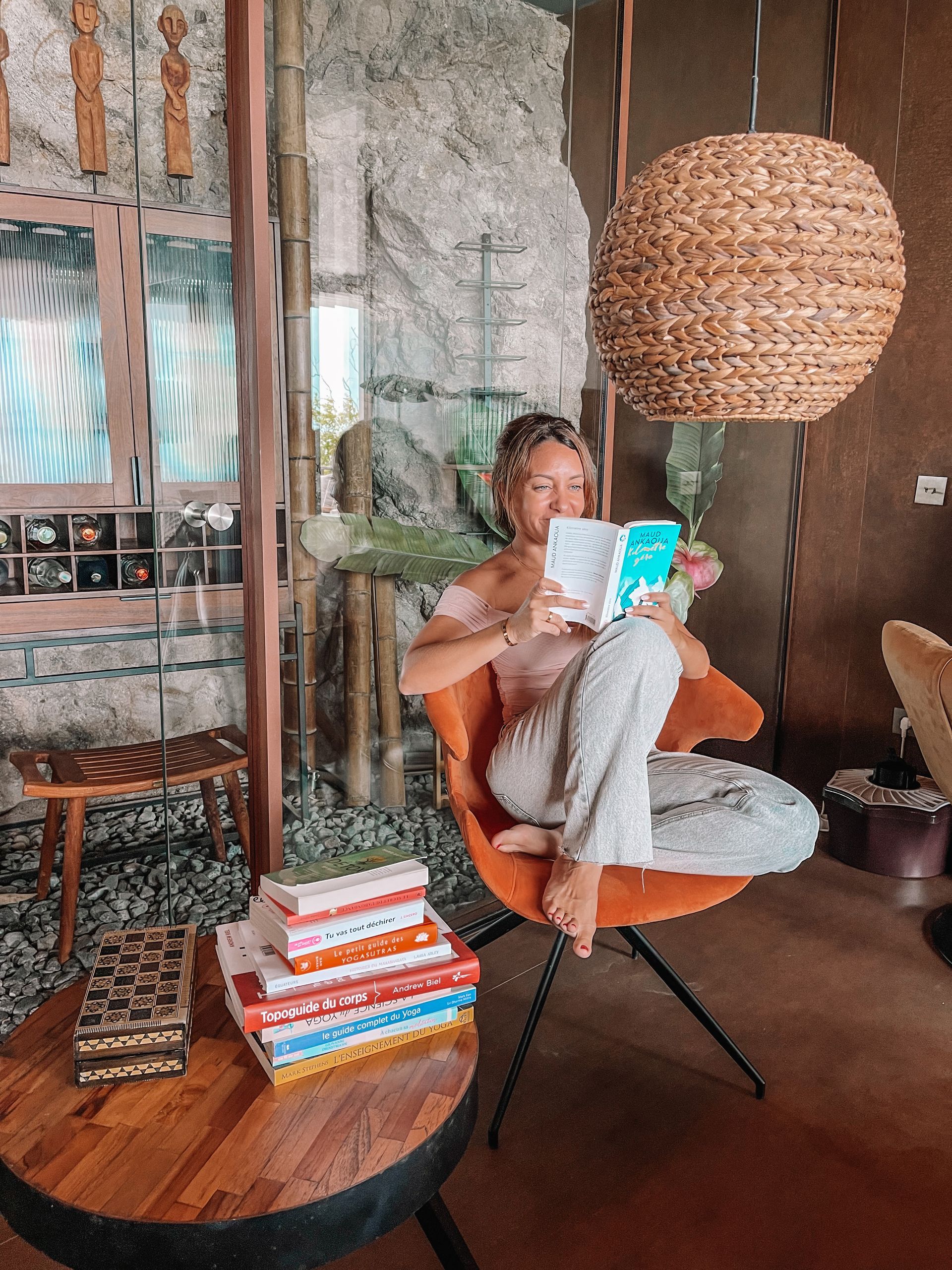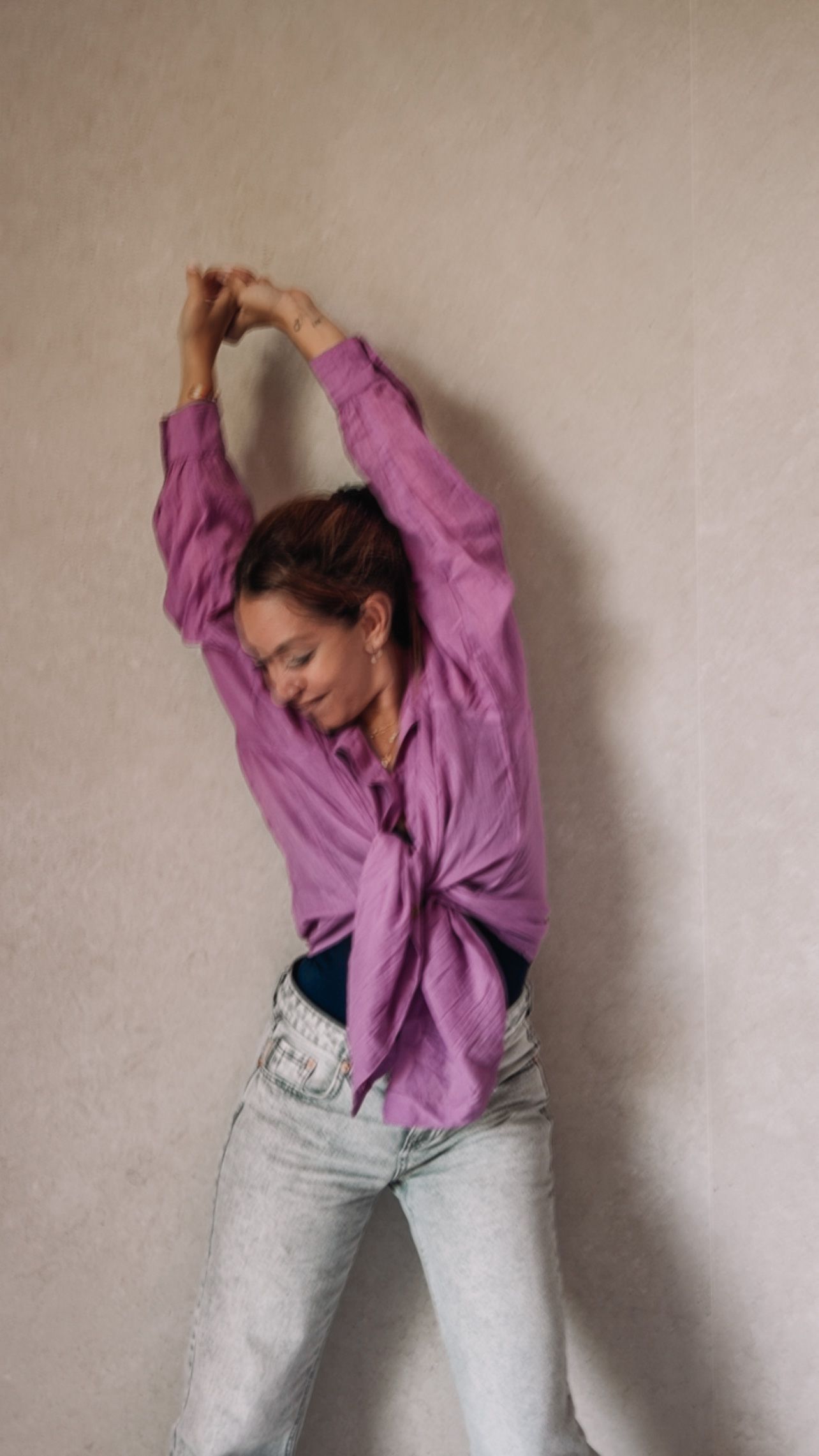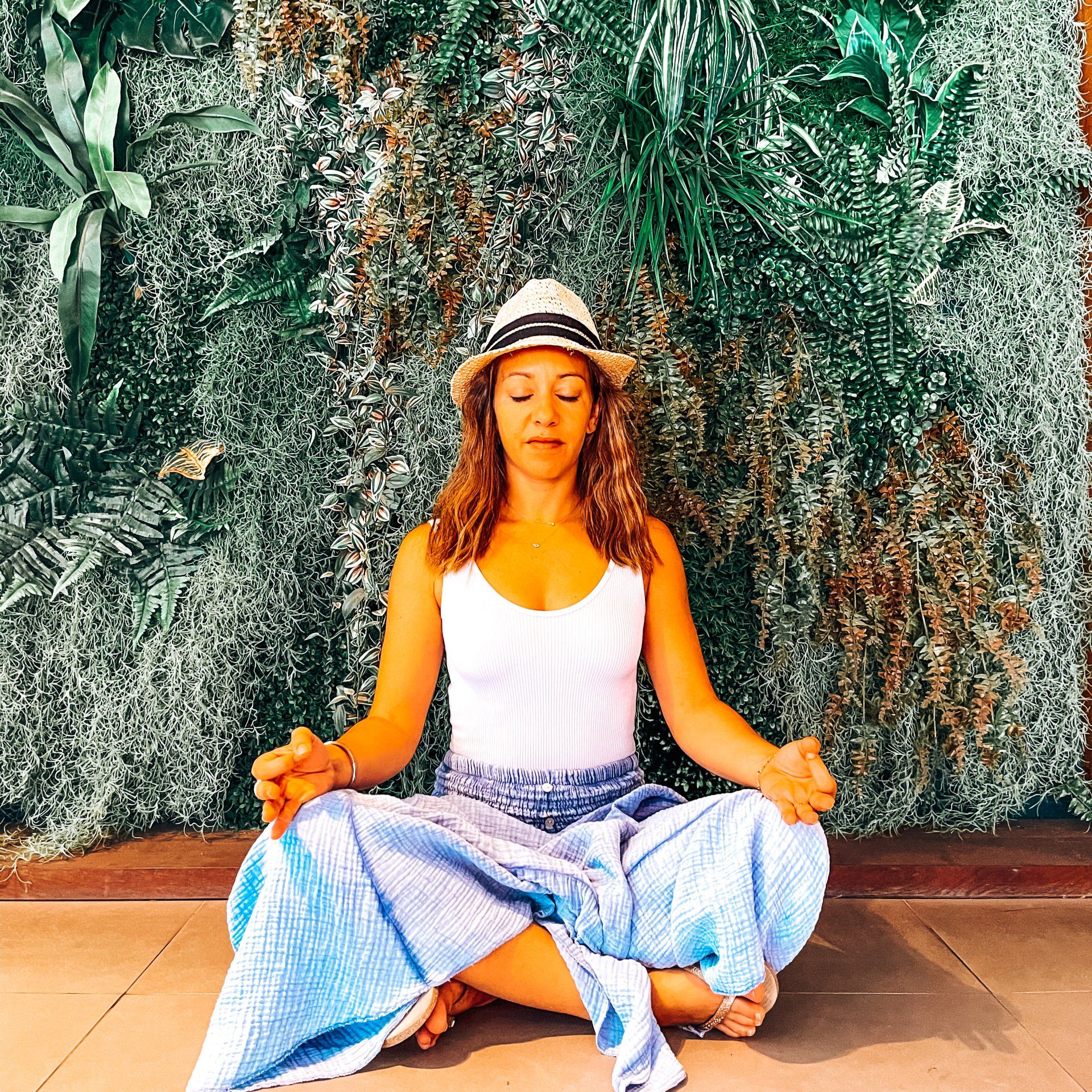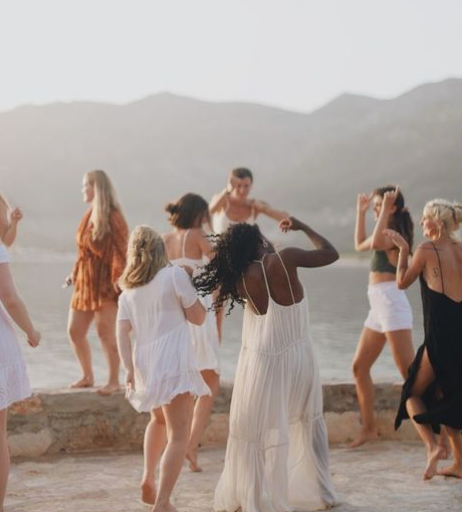All about Yoga Dance, origins, benefits and practice

What are the origins of Yoga Dance?
Yoga dance finds its origins in ancient India, where dance was considered a means of connecting with the gods. Dance was also considered a means of healing and emotional release. The fluid, graceful movements of dance inspired yoga practitioners to incorporate dance into their practice. Over time, yoga dance developed into a distinct practice.
Yoga dance is often associated with vinyasa yoga, which is a fluid yoga practice that focuses on breath and movement in sync. Vinyasa yoga uses sequences of movements to create a dynamic, dance-like experience.
Yoga dance goes further by incorporating specific dance moves into yoga sequences, creating a practice that is both physical and expressive.
What are the Yoga Dance's health and wellness benefits?
Yoga dance offers many benefits for your health and well-being.
Here are some of the most important benefits:
- Improves strength and flexibility: Yoga dance uses fluid, graceful movements working the whole body. These movements boost strength and flexibility, which can help reduce the risk of injury and improve performance in other physical activities.
- Promotes relaxation and stress reduction: Like yoga, yoga dance focuses on breath and presence. The fluid, graceful movements can help reduce stress and anxiety, which can improve sleep and overall well-being.
- Improves posture: Yoga dance practice can help improve posture by strengthening back and neck muscles. The fluid, graceful movements can also help improve balance and stability, which can also prevent from falls and injuries.
- Promotes self-expression: Yoga dance is an expressive practice encouraging creativity and self-expression. The graceful, flowing movements give practitioners the opportunity to explore their bodies and minds in unconventional ways, a process that can help boost self-confidence and creativity.
How to implement yoga dance into your life
Yoga dance can be practiced in many different ways, depending on your personal tastes and goals. Here are some suggestions on how to integrate yoga dance into your life:
- Take a yoga dance class: Many yoga studios offer yoga dance classes suitable for all levels. These classes are led by qualified instructors who can guide you through dance moves and yoga sequences. Taking a yoga dance class can be a great way to discover the practice and meet other interested people.
- Practice at home: If you can't make it to a yoga dance class, you can practice at home. You will find many videos online that will guide you through yoga dance sequences. I invite you to join our Youtube channel @YogaDance. You can also create your own sequence by incorporating dance moves into your yoga practice.
- Find a practice buddy: Yoga dance can be a fun practice to do with a partner. Find a friend or family member, interested in yoga dance and practice together. It can help, motivate and engage you in the practice.
- Integrate yoga dance into your existing yoga practice: If you already practice yoga, you can integrate yoga dance into your existing practice. Try incorporating dance moves into your yoga sequences, or add a yoga dance session to your weekly practice.
- Practice outside: Yoga dance can be practiced both indoors and outdoors. Practicing outdoors can be a refreshing and inspiring experience. Find a quiet, safe place to practice outdoors and connect with nature while exploring your body and your creativity.
How yoga dance benefits dancers
Dancers can strengthen their bodies thanks to yoga. They'll become aware of the power and depth of their core. They will strengthen their upper limbs by supporting and balancing their hands and arms. They'll be able to work on their breathing with each movement. It's an opportunity for dancers to work their core differently, with a new perspective, and to develop their power. Feeling the body in each pose. Softening joints and increasing flexibility. Increasing concentration, finding inner peace, practicing gentleness towards oneself. It will be less about performance and more about letting go.
How yoga dance benefits yogis
Yoga dance will help the yogi to be more creative, to develop a sense of fluidity in transitions. Experiment with new body weight transfers. Be more dynamic in movement. Gain a better awareness of space off the mat. Stretch with elasticity without thinking with strength. Work as a group to the music's rhythm.
If you'd like to know more, I invite you to read another article to find out what a yoga dance class is like, or even better, sign up for our free online studio.
In conclusion, yoga dance is a practice that combines the physical and mental benefits of yoga with the creative expression of dance. It can be practised in many ways, depending on your personal goals and tastes. By incorporating yoga dance into your life, you can improve your strength, flexibility, posture, relaxation and self-expression. Whether you choose to take a yoga dance class, practice at home or find a practice buddy, yoga dance can add diversity and inspiration to your existing yoga practice.







